Trade and Climate
Trade Tools for Climate Action
The “Trade Tools for Climate Action” project was launched in 2024 by the Center on Inclusive Trade and Development, in collaboration with Dr. Inu Manak of the Council on Foreign Relations, to assess how trade policy can contribute to advancing the climate agenda. The initiative is grounded in the idea that “trade tools”—such as tariffs, subsidies, and procurement policies—can be leveraged to accelerate the transition to a net-zero economy.
During the project’s first phase, extensive research and a series of workshops involving more than 50 experts from government, industry, academia, and civil society across 13 countries led to the identification and analysis of 7 key trade tools. These tools were selected for their potential to significantly reduce greenhouse gas (GHG) emissions and contribute to climate mitigation or adaptation efforts, while also being practicable to implement and politically feasible. The trade tools examined were:
- U.S. Border Carbon Adjustments – Imposing tariffs on carbon-intensive imports to encourage global decarbonization and support the competitiveness of greener industries.
- Differentiated Tariffs – Applying tariff rates based on the carbon intensity of goods to promote low-emission imports of similar goods and incentivize cleaner production.
- Green Procurement – Leveraging government purchasing power to stimulate demand for sustainable technologies and accelerate the low-carbon transition.
- Trade in Environmental Goods – Expanding trade in clean technologies and green goods to foster innovation and support global climate action.
- Green Subsidies – Revisiting international rules governing subsidies to better support key decarbonization efforts and encourage the adoption of green technologies.
- Plastics – Using trade policy to phase out certain high-emission plastics, promoting more sustainable production and consumption patterns.
- Investor-State Dispute Settlement (ISDS) Reform – Modifying ISDS rules to ensure the system does not hinder climate action, especially in the context of investments in coal-fired power.
The report below summarizes the key lessons learned and concrete recommendations for advancing these 7 trade tools. It is accompanied by background materials that informed the analysis of each tool, covering topics such as the European Union’s Carbon Border Adjustment Mechanism (CBAM) and legislative proposals it has inspired in the United States, mandatory GHG reporting regulations, and both environmental goods and GHG-intensive, trade-exposed products.
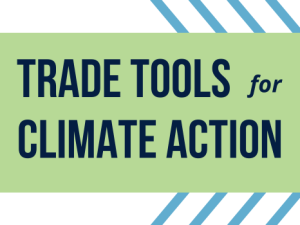
Prepared by Jennifer Hillman, Inu Manak and Mario Osorio
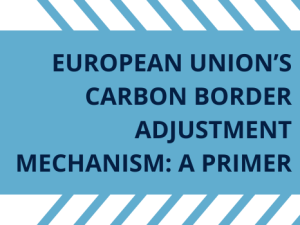
Paper by Elizabeth Butscher and Maria Alice Camiña
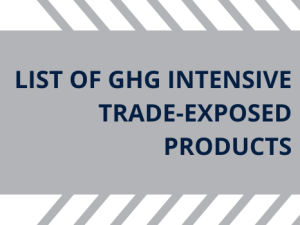
Paper by Elizabeth Butscher and Maria Alice Camiña
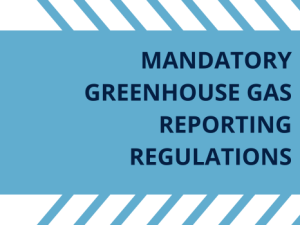
Paper by Maria Alice Camiña
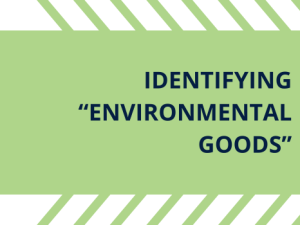
Paper by Elizabeth Butscher

Paper by Elizabeth Butscher and Maria Alice Camiña
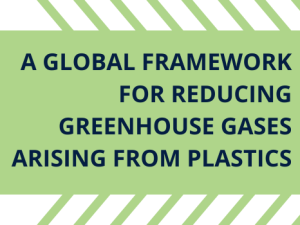
Paper by Madeleine Pumberger, Manya Gupta & Maria Alice Camiña
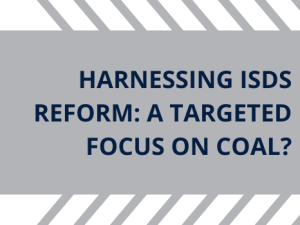
Paper by Madeleine Pumberger
